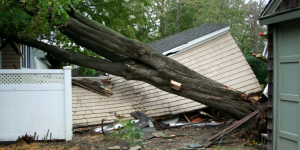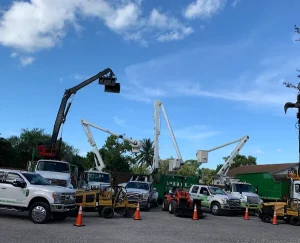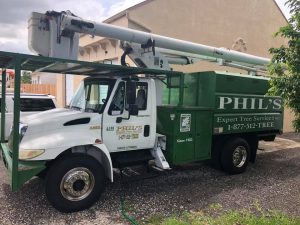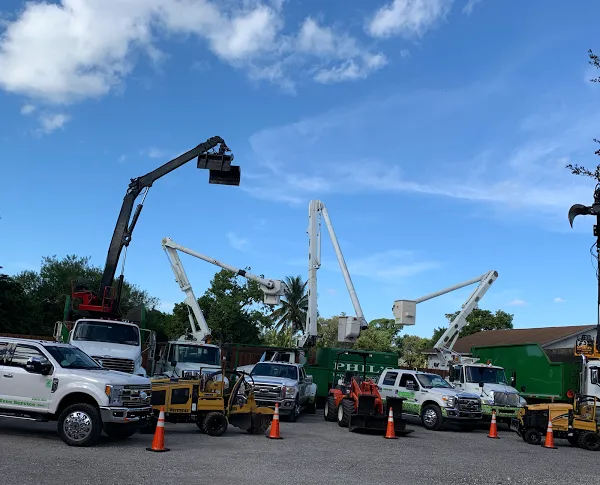1. Promotes Healthy Forests
Removing diseased, dying, or dead trees can help prevent the spread of pests or diseases to nearby trees. This can protect the health of the forest or urban greenery and ensure the survival of other healthy trees.
2. Encourages Biodiversity
In some cases, invasive species or non-native trees may outcompete native plants, leading to reduced biodiversity. By removing these invasive trees, arborists can make room for native plants to thrive, which supports local wildlife and improves the overall ecosystem.
3. Prevents Soil Erosion
Dead or decaying trees with compromised root systems can cause soil erosion. In some cases, removal is necessary to replace them with healthier trees that provide better root stability and protect the landscape from soil degradation.
4. Mitigates Risk of Wildfires
Overgrown, dry, or dead trees are fire hazards, especially in fire-prone areas. By removing these trees, arborists can reduce the fuel load that contributes to wildfires, helping to protect both natural ecosystems and human habitats.
5. Improves Carbon Sequestration
While trees capture and store carbon dioxide, older or diseased trees may no longer be effective at this. Removing unhealthy trees allows room for younger, more vigorous trees that can absorb more carbon, improving overall carbon sequestration in the environment.
6. Facilitates Reforestation
In areas where the tree population has become overcrowded, tree removal may allow sunlight to reach the forest floor, encouraging the growth of new saplings and plants. This promotes healthier forest regeneration and enhances the habitat for various species.
7. Promotes Proper Land Use
In some urban environments, tree removal may allow for the development of green spaces like parks, community gardens, or sustainable landscapes that enhance the environment and provide greater access to natural areas.




